An indissoluble partnership between wine production and tourism.
Tuscany is one of the most popular destinations for wine enthusiasts and a few other places stimulate a traveler’s thoughts and imagination as much as the Chianti Classico region.
This stunning wine region is a succession of gentle hills, dotted with vineyards rolling away into the horizon between Florence and Siena. An unspoiled landscape, where the presence of human activity plays an integral role in the extraordinary harmony of nature and skill. The fruits of this region have made it quite treasured along with the passion of great governors, noble administrators, artists, poets, men of science and agricultural talents. The history of these people can be read in the neat rows of vines and cypresses, the olive groves, the charming villages and in the stones of the castles, enabling us to remember and share the history and beauty of “Chianti Classico”. To really discover this place, you will need a guide – and the wine is undoubtedly an ideal and important witness to the fascinating history of the development of Chianti Classico.
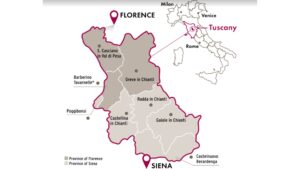
Wine Escape – Chianti Classico
Along with the other leading wine production areas in Tuscany today, Chianti Classico is an extraordinary gateway to a deep and intimate knowledge of the roots of our culture and lifestyle. The area’s history has always been inextricably linked to wine production. Nature and people have grown together in an indissoluble relationship of respect and reward, bringing the Chianti Classico territory to life. If you wish to be immersed in the aromas and flavours of great food and wine tradition you will find Chianti Classico an ideal destination: It is a leading national tourist and wine tourism destination, chosen by visitors from all over the world for the wide variety of experiences linked to fine food and wine, with wine taking the leading role. A destination that represents an ecosystem of services focused on wine, some tangible, and others less so, but all of them engaging. Today’s “wine tourists” decide to visit an area not only for its great, historic wines, but also to make memories, experience the flavours of a local osteria, the aromas of the cellars and the smiles of grandmothers on their doorsteps. Journeys that are more immersive, making intimate and personal contact with traditions, culture, and people. In this respect, the concept of terroir expands to “winescape” in order to better express its connection to the region. This is why it is important to analyze and understand the factors that make Chianti Classico a wine tourism destination.
Chianti Classico – a kaleidoscope of organized and structured wine tourism opportunities.
Along the beautiful, winding roads of Chianti Classico, the winery doors are always open for visits and tastings. This is an area with a high density of wineries, a true oenological paradise, full of castles, ancient abbeys, where fine wines are matured, world-famous wineries alongside small and no less prestigious family-run estates, traditional cellars, and architectural masterpieces. A setting in which hospitality and associated experiences take on various forms, with all kinds of proposals and wine tourism activities. The producers understand the importance of hospitality: it has great economic value in terms of diversifying income, as well as being an effective means of communicating values and enhancing distribution of their wines. From curious wine enthusiasts to collectors, guests want to visit the famous winemaking names of Chianti and discover hidden gems of the highest quality. From groups belonging to private wine clubs and sommelier associations to restaurateurs, wine tourism in the Chianti Classico region embraces an increasingly varied public.
The reputation – wine tourists are extremely interested in visiting the locations of great and famous Chianti Classico wines.
The wine with the Black Rooster emblem is among the most widely marketed and recognized labels in the world. In over 130 countries, there is not a restaurant, wine shop or wine bar that does not offer the wines of this designation. Over the last 20 years, Chianti Classico has become one of the leading socio-economic systems in Tuscany, both in terms of the volume of wine produced, and its quality. Vintage, Riserva and Gran Selezione are the categories in a specific hierarchical scale, in terms of price and value. These wines express an indissoluble link between a par excellence product and the territory of origin. The designation is home to an incredible variety of unique microclimates that are particularly suitable for growing vines. In recent years the consortium and local producers have carried out important research aiming to outline the mosaic of Chianti Classico for consumers in the best possible way. The most recent addition are the UGAs (Additional Geographical Units). Eleven production areas that will be able to show the specific provenance of their wines on the label. It should be emphasized that the global success of wine and its positioning on the markets constantly influences the choice of many tourists traveling to discover the best-known wine-producing areas, who choose the Chianti Classico territory as their preferred destination.
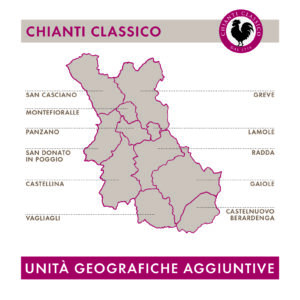
A wine tourism region that goes beyond wine.
Anyone seeking to truly immerse themselves in wine tourism in the Chianti area can choose from a variety of accommodation options and, naturally, from a growing number of complementary tourist services well equipped and organized for such trips. Among various forms and categories, Chianti Classico is the preferred place to ‘sleep between the rows’, in fact, more and more wineries are deciding to open their estates, renovating existing buildings or constructing new ones, to become true wine resorts in various categories, providing every possible comfort and offering visitors an exclusive and unforgettable experience. The growing presence of this new concept of accommodation reflects the tendency of this wine-producing area to adapt in order to accommodate tourists who want to spend more time in the hills and vineyards. Wine resorts are top-quality locations: different types of structures, closely linked to the wineries, which interpret the most typical aspects of the winery in their own way. A place to lose yourself and relax with outdoor activities or in the spas and wellness centres. The roads branching out from the wineries can also be explored by bicycle, offering another opportunity to enter the magic of the vineyards, places to visit in every season, combining wellness and exploration of the area. And for those who love the outdoors, there are trekking routes of varying levels of difficulty. Lastly, all routes lead to the table, since food is the twin brother of wine. For the gourmand traveler, the timeless charm of Chianti Classico can be experienced through the area’s great culinary tradition, with a richly varied constellation of appetizing opportunities. From San Casciano to Greve, from Panzano to Castellina, from Radda and Gaiole to Castelnuovo Berardenga, a succession of family-run hostelries alternates with the great award-winning restaurants: a true food and wine territory, rich in opportunities to learn more about cuisine by participating in cooking courses organized in the area’s most exclusive and hidden locations. It should be stressed that the Chianti Classico wine tourism area is not limited to wine-related activities and the destination is enriched with many complementary experiences: visiting historic buildings and museums or devoting sunny days to excursions through nature and villages, to discover local craft products. In a context of increasing tourism development linked to an excellent territory, open to change, another important aspect is the added value of technology. A global and interconnected world opens up an incredible opportunity to intensify and spread word of the area’s appeal. Communication tools and channels are extremely important for the increasingly varied target visitors. Chianti Classico wineries have grasped the significance of this progress and invested in new ways of promoting and marketing the “wine tourism product”. So, alongside traditional methods, such as working with agencies and tour operators, real wine tourism marketplaces have been created among producers: online platforms that sell, describe, and create attractive winery experiences and wine trips for the consumer. Another good example of how the Consortium has opened-up to digital implementation is the Chianti Classico Card, intended as a user-friendly pass-partout to access hundreds of memorable activities.
The aesthetics of the landscape and layering of traditions – a cultural identity of Chianti Classico.
The appearance of Chianti Classico is the result of centuries of history. The beauty of the area’s vineyards and its considerable natural resources have been known since the dawn of time. This landscape has always coexisted with its people. A place loved by the Etruscans, then by the Romans, and a battlefield of bitter disputes in the Middle Ages, the territory preserves evidence of the passage of many cultures. The earliest documentation of the existence of a wine-producing district and territorial administration dates back to the 13th century with the “Lega del Chianti”, formalized between Radda, Gaiole and Castellina and branded with the famous Black Rooster which, after many glorious years, became the official symbol of Chianti Classico wine in 2005. The notion of the area’s inestimable value has been reinforced in recent years through the proposal of Chianti Classico as a UNESCO World Heritage Site, thanks to the institutional activity of the Foundation for the Protection of the Territory of Chianti Classico Onlus, of which the Consortium is a founding member. At the same time, the same bodies, along with local administrations, have achieved another goal: the establishment of the “Distretto Rurale del Chianti”, aiming to preserve the cultural and aesthetic component of the landscape, to promote economic, social and tourist integration. These concepts acquired greater value with the onset of the pandemic. Undeniably, already fashionable themes such as environmental sustainability were foregrounded in discussions during the lockdown, so operators are paying close attention also in the sectors of wine production and wine tourism.
Symbols that represent the fine quality products of the area.
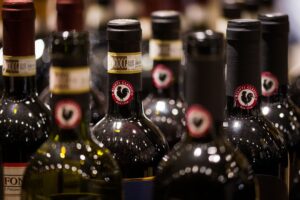
Between the Elsa and Pesa rivers, the Chianti Classico area is a destination with a very precise identity, essential but richly significant. It’s impossible to mention Chianti Classico without immediately encountering the famous Black Rooster, which symbolizes the spirit of the territory. Strong and elegant, lively, and proud, its crowing marks a new day. Once the symbol used by the “Antica Lega del Chianti” it was taken up in 1924 by the Consortium, because it clearly represents the very soul of this area: beauty and splendor combined with dedication to hard work. Alongside the Black Rooster are other identifying elements that appeal to the imagination of visitors: long roads flanked by rows of cypress trees, powerful-looking castles crowning hills strewn with vineyards, abbeys hidden among the olive groves and, finally, Medieval villages separated by the exquisite and gentle Chianti hills. The narrative of this land, a paradise of grapes and olive trees, is enriched by numerous citations in film, publishing, and painting. When desire and imagination are translated into a journey, visitors are catapulted into a riot of taste and beauty – the beauty found in the quality of excellent products and the charm of the landscape, thanks to the constant presence and influence of people in this area.
Traditions, locations, and events to promote wine tourism.
Wine tours in Chianti Classico are not limited to visits and tastings but consist of a fully rounded experience open to everyone. Every year, in autumn, the famous “Eroica” race takes place: a cycling competition with vintage bikes that brings professionals and enthusiasts together from all over the world. This is a unique opportunity for participants to get to know and admire the many locations along the route. The sport has authentic, popular roots which also echo the values of agriculture, such as the appeal of hard work and the great flavour of enterprise. The competition crosses a number of meeting points within the Chianti Classico territory. Vineyards and wine thus opening a window onto the local culture in general.
Other activities in Chianti Classico include art and music, learning about local traditions, environmental sustainability and above all food culture. There is a place that encompasses all of these – the “Casa del Chianti Classico” inside the convent of Santa Maria al Prato in Radda in Chianti. This true cultural and educational centre is another splendid example of promotion of the geographical area. The “house” offers visitors an informative and in-depth tour of wine and oil production in Chianti Classico, and much more. The space is used for training meetings and events. If booked in advance, it can also offer cooking classes with leading figures from the Tuscan culinary scene.
In the towns of the Black Rooster area, numerous local festivals take place throughout the year. One of these is Expo Chianti Classico, which has been uniting producers and wine lovers in Greve in Chianti since the 1970s: an unmissable opportunity to explore all aspects of wine and get up close and personal with the winegrowers and their wines.
This is also the case for the Chianti Classico Collection, the cornerstone of wine and oil promotion. The event takes place in Florence, usually in February, and is the flagship event of the area. The so-called Chianti Classico Previews organized by the Consortium give journalists, trade operators and even wine-lovers the opportunity to try the new vintages being launched on the market, directly from the hands of the producers.
Locals – everyone who meets you before, during and after your trip to Chianti Classico.
In a memorable journey the people we meet play a fundamental role. People are the key element of a travel experience in wine tourism destinations such as Chianti Classico. The unfolding of an itinerary, a path towards a better awareness of the place being explored, inevitably passes through the eyes, words, and testimonies of those who welcome or simply spend time with the tourist. Tourists demand has become increasingly variable today. This means the proposals must also be increasingly varied in to order to satisfy the visitors’ every desire and expectation. A great natural and productive heritage is no longer enough: the territory must be described and above all experienced in a real and professional way. We must seek contact with the community, through visits to small towns (villages above all) and the chance to experience a direct, unmediated relationship with the inhabitants and their lifestyle. All those playing a part in the tourism and hospitality sector must, in a subjective and personal way, respect and assimilate the vision of a growing and developing a territory, united in its values and objectives, and pass it on to others. With fierce international competitors there is no longer any room for mediocrity and improvisation, and the same applies to the production and promotion of wine. From this perspective, it is essential to offer quality training and, above all, work as a “system” to be able to grow more organically (including at an international level) and adopt an all-around approach to defining and implementing rules for the entire sector. In this regard, the Chianti Classico Wine Consortium is working hard, playing a leading role in raising awareness of the great interest being shown in this area. The objective is to always provide excellent quality offers and focus on hospitality services that can communicate the experience of the Black Rooster area to visitors.
#winetourism #italy #ChiantiClassico #ChiantiClassicoCollection #tuscany #blackrooster
#vineyards #sommelier #wine #wineexperience #wine #winelovers #italianwine #visititaly
#wanderlust #travelpic #travelgram #exploring #italianwinelovers

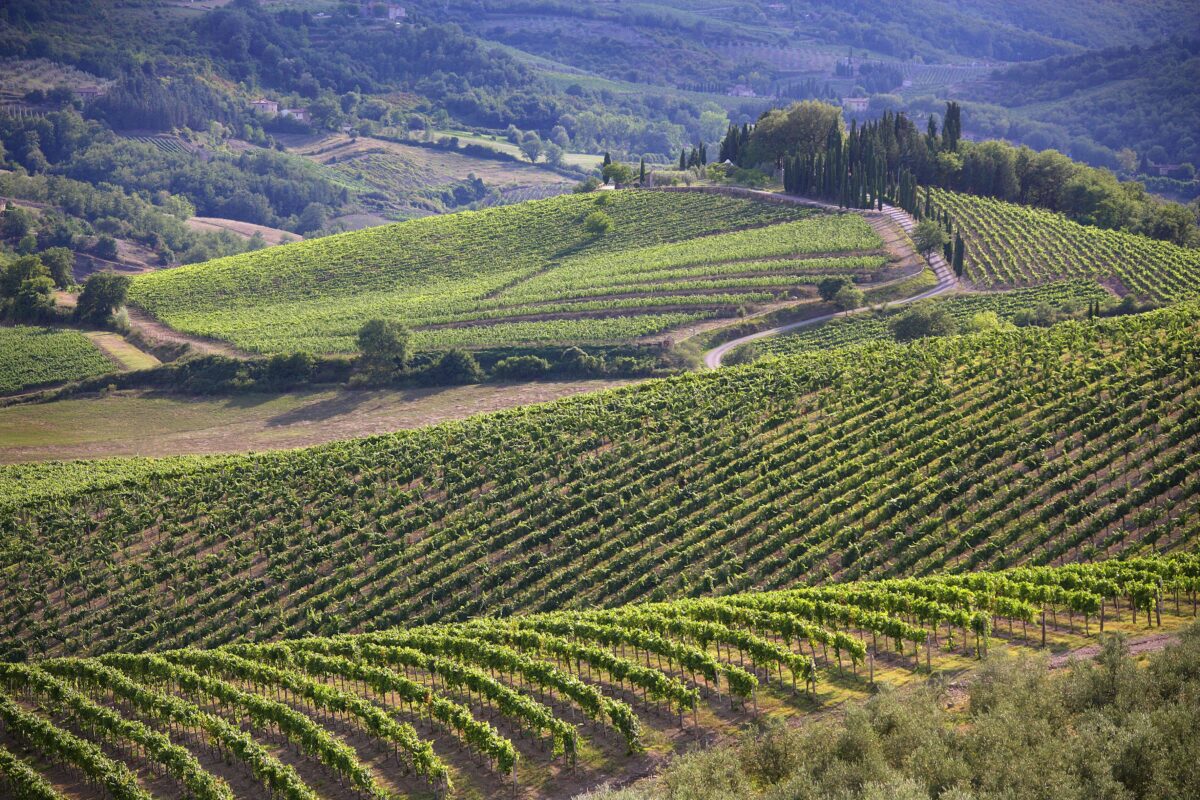
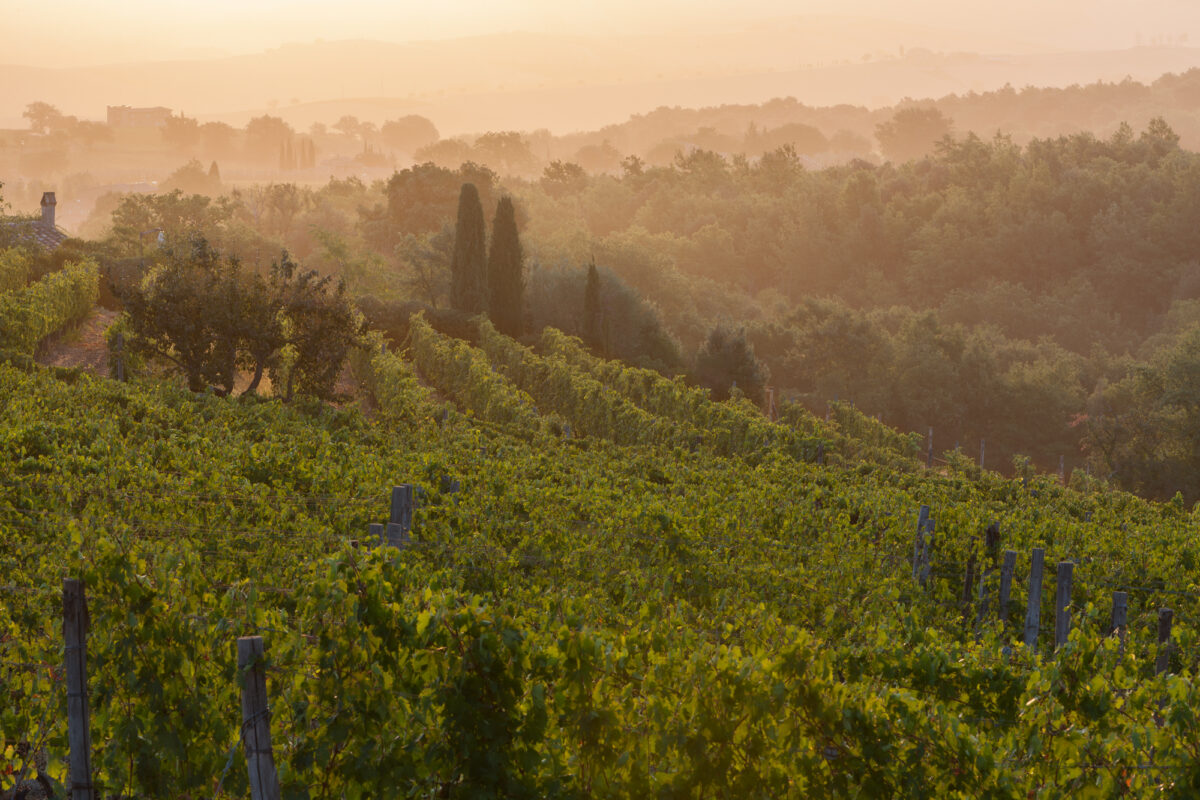
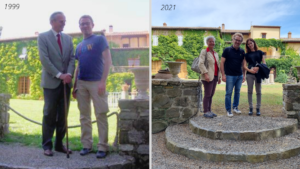 On July 8th I was thrilled to be invited to the estate of the renowned Brunello producer, Biondi Santi. I also had the pleasure to taste their magnificent wines. It has been a great honor for me to be back in the place where the legendary Brunello di Montalcino has been created.
On July 8th I was thrilled to be invited to the estate of the renowned Brunello producer, Biondi Santi. I also had the pleasure to taste their magnificent wines. It has been a great honor for me to be back in the place where the legendary Brunello di Montalcino has been created.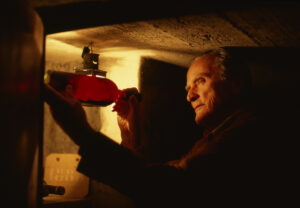
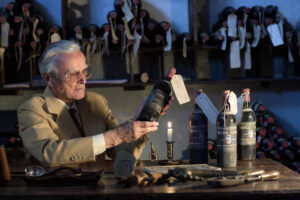 After many years and long tradition in the wine production, the new generations of the family, Jacopo Biondi Santi and his son Tancredi Biondi Santi initiated a major change and evolution for Tenuta Greppo, welcoming a new partner in the leading of the estate to be able to continue the enduring commitment of producing outstanding wines. Today the winery is under the guidance of Christopher Descours, proprietor of the EPI Group, who leads hand in hand with an extremely qualified Italian team. An important strategic alliance driven by the great respect for the bicentenary know-how in the vine growing and by the common goal of reaffirming once again Biondi-Santi among the most special and desired wines in the world. The vision of the new partner was endorsed immediately by Giampiero Bertolini who was appointed as CEO in November 2018 standing at the helm of the historic winery today.
After many years and long tradition in the wine production, the new generations of the family, Jacopo Biondi Santi and his son Tancredi Biondi Santi initiated a major change and evolution for Tenuta Greppo, welcoming a new partner in the leading of the estate to be able to continue the enduring commitment of producing outstanding wines. Today the winery is under the guidance of Christopher Descours, proprietor of the EPI Group, who leads hand in hand with an extremely qualified Italian team. An important strategic alliance driven by the great respect for the bicentenary know-how in the vine growing and by the common goal of reaffirming once again Biondi-Santi among the most special and desired wines in the world. The vision of the new partner was endorsed immediately by Giampiero Bertolini who was appointed as CEO in November 2018 standing at the helm of the historic winery today. 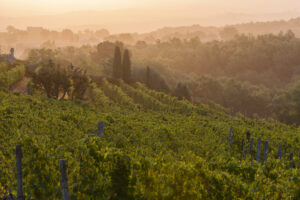
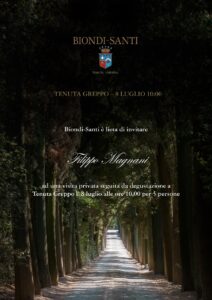
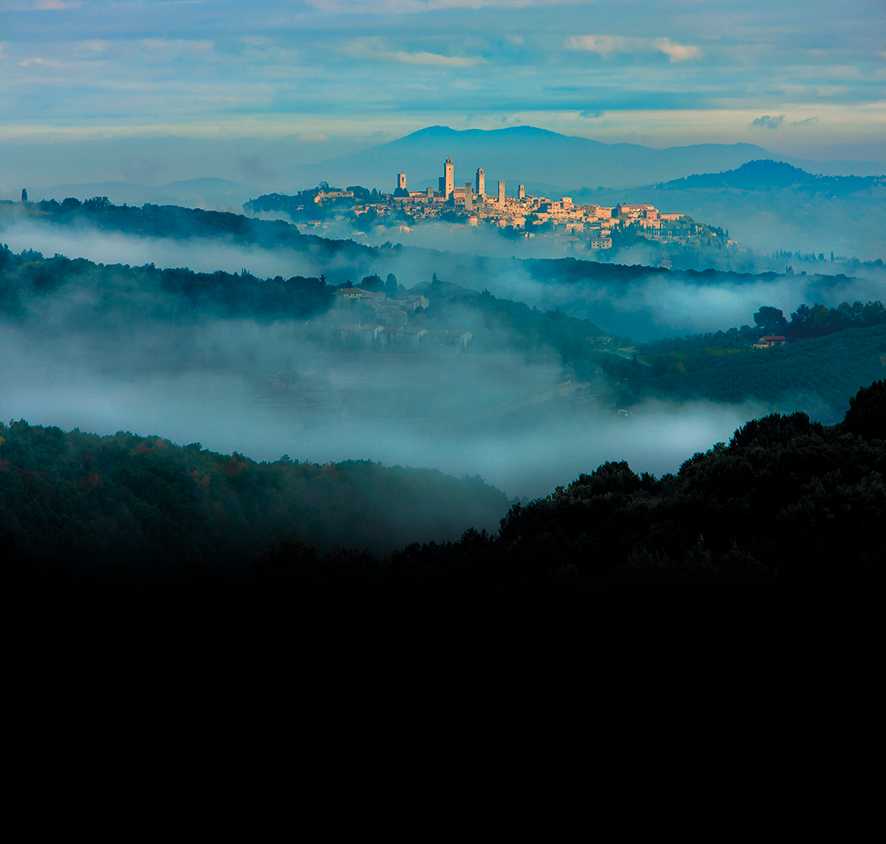
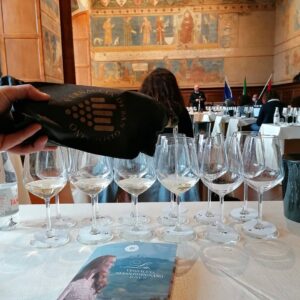
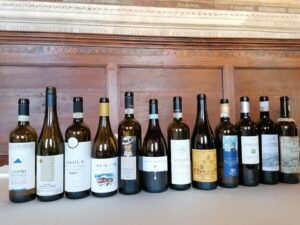
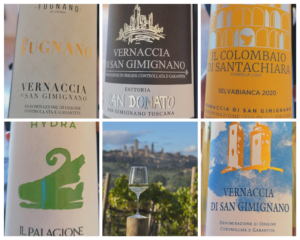
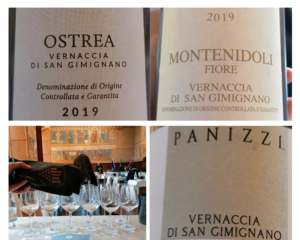
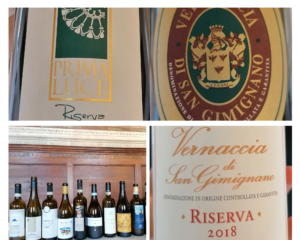
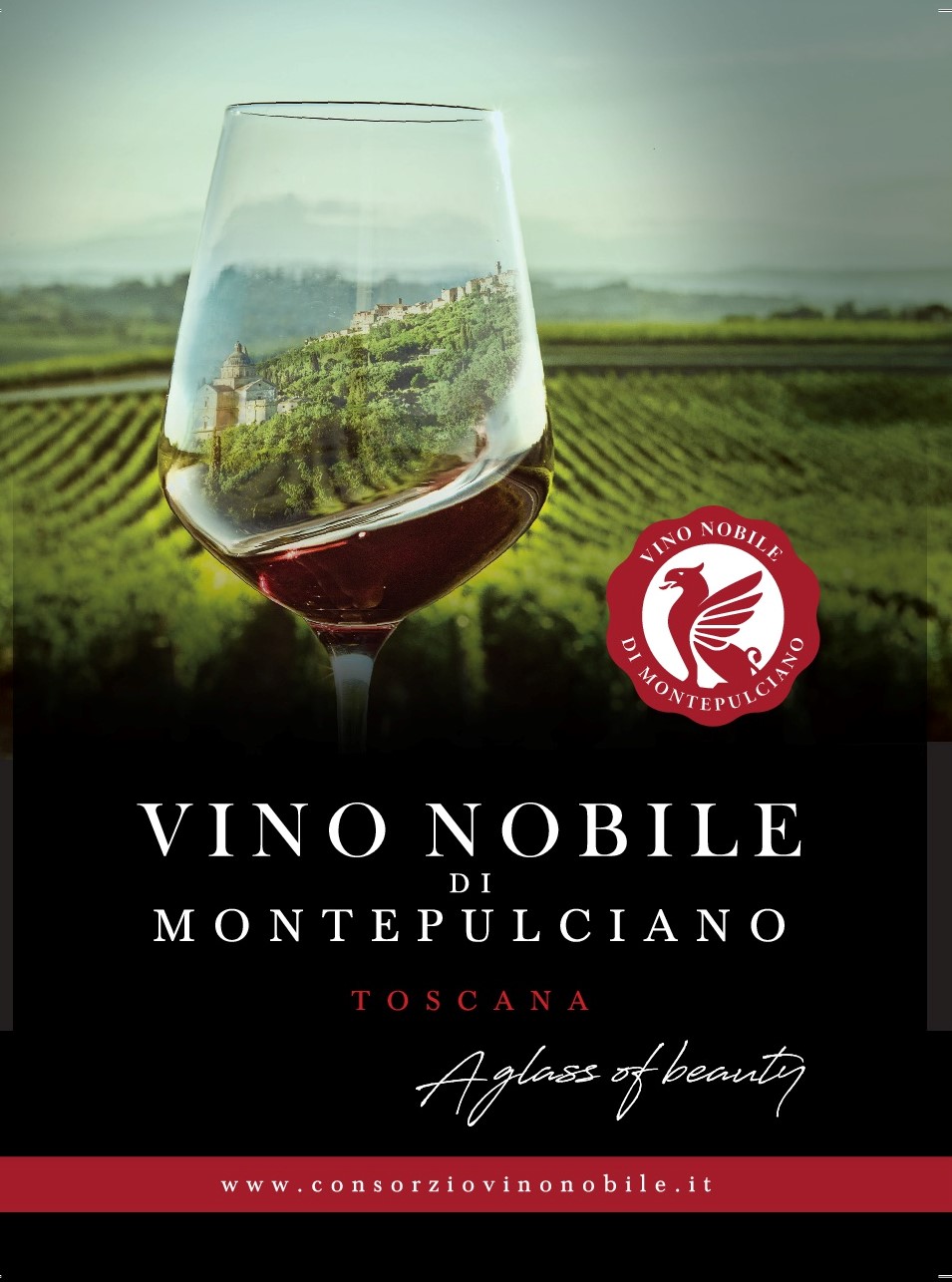
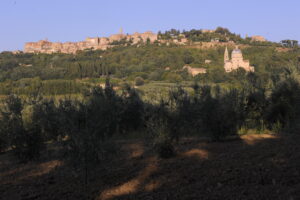
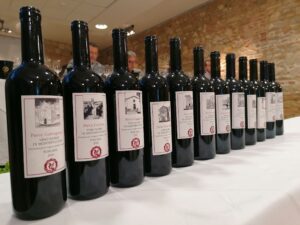
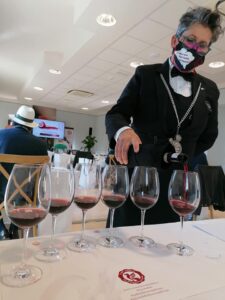
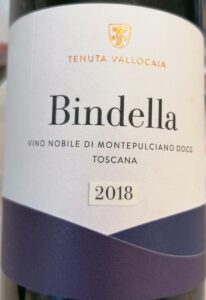
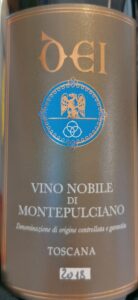 Winery: Dei
Winery: Dei 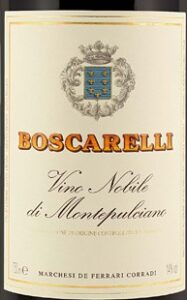
 Winery: Poliziano
Winery: Poliziano 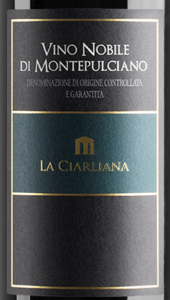 Winery: La Ciarliana
Winery: La Ciarliana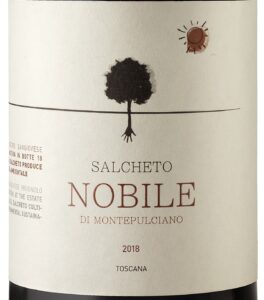 Winery: Salcheto
Winery: Salcheto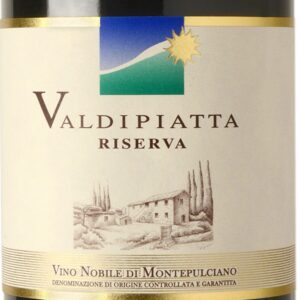 Winery: Tenuta Valdipiatta
Winery: Tenuta Valdipiatta 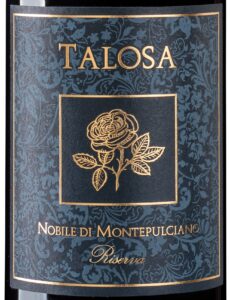 Winery: Tenuta della Talosa
Winery: Tenuta della Talosa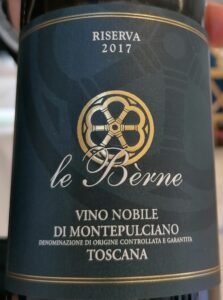 Winery: Le Berne
Winery: Le Berne 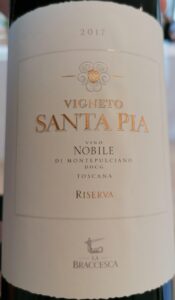 Winery: La Braccesca
Winery: La Braccesca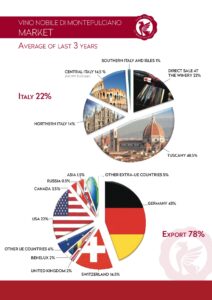
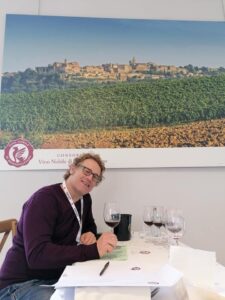
![JeT 2020 Wine Launch [Castello Di Montepo]](https://www.liz-palmer.com/wp-content/uploads/2021/05/page0-2.jpg)